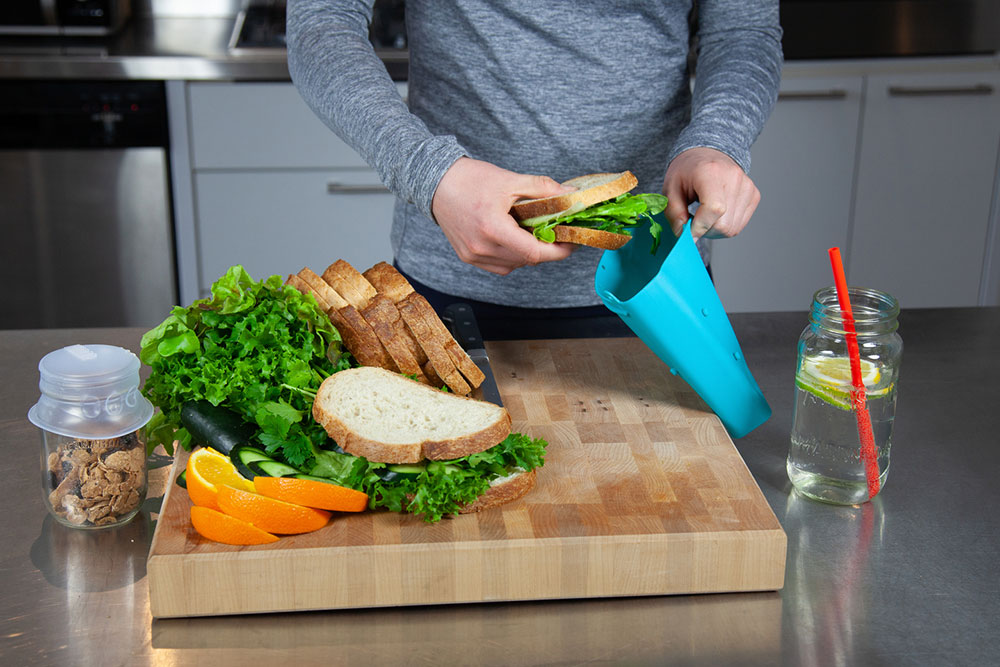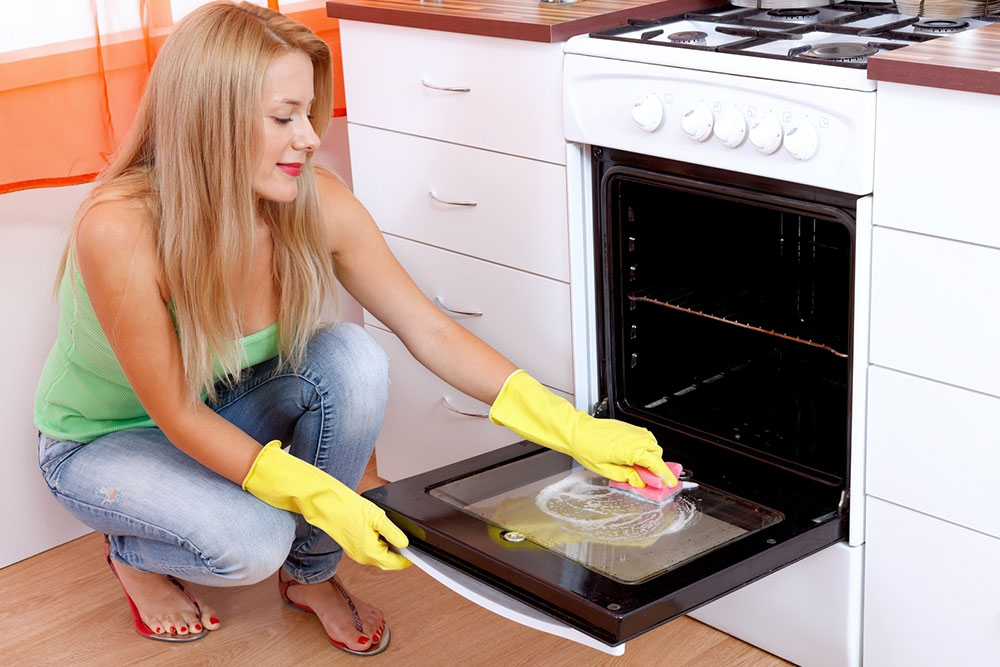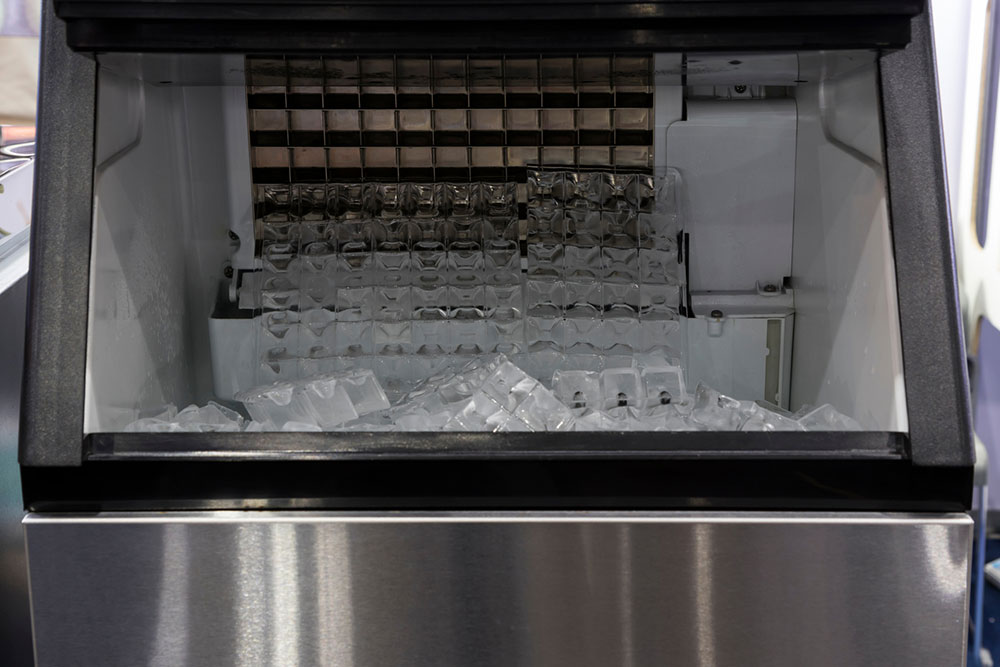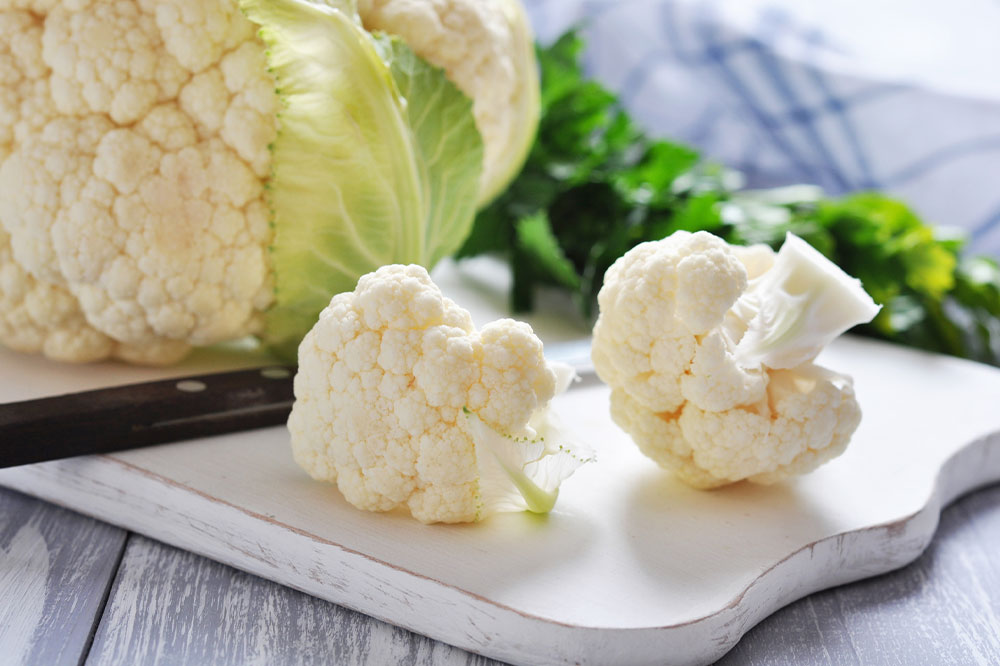
Appliances
15 dishwasher mistakes to avoid
Using a dishwasher effectively is an important skill that can make one’s life much easier in the kitchen. It not only simplifies the daily dishwashing routine but also helps to keep the kitchen clean and organized. A properly used dishwasher can contribute to a smoothly running household. However, to ensure that the dishwasher remains a reliable ally, delivering sparkling clean dishes with efficiency and longevity, it is important to sidestep these common mistakes. Neglecting pre-rinsing While modern dishwashers are equipped to handle some food residue, neglecting pre-rinsing altogether can lead to avoidable complications. Large chunks of food may clog the dishwasher’s filters, reducing water flow and compromising the efficiency of the washing process. It’s advisable to strike a balance – a quick scrape or rinse to remove visible debris ensures a smoother dishwashing experience without overburdening the machine. Overcrowding the racks The temptation to optimize dishwasher space is common, but overcrowding the racks hinders the machine’s ability to deliver a thorough cleaning. When dishes are tightly packed, water and detergent struggle to reach every surface, resulting in uneven cleaning. Sufficient spacing between items allows water and detergent to circulate freely, ensuring a comprehensive and effective wash. Incorrect loading of utensils Proper utensil loading is not just about fitting as many items as possible; it’s a strategic arrangement.










